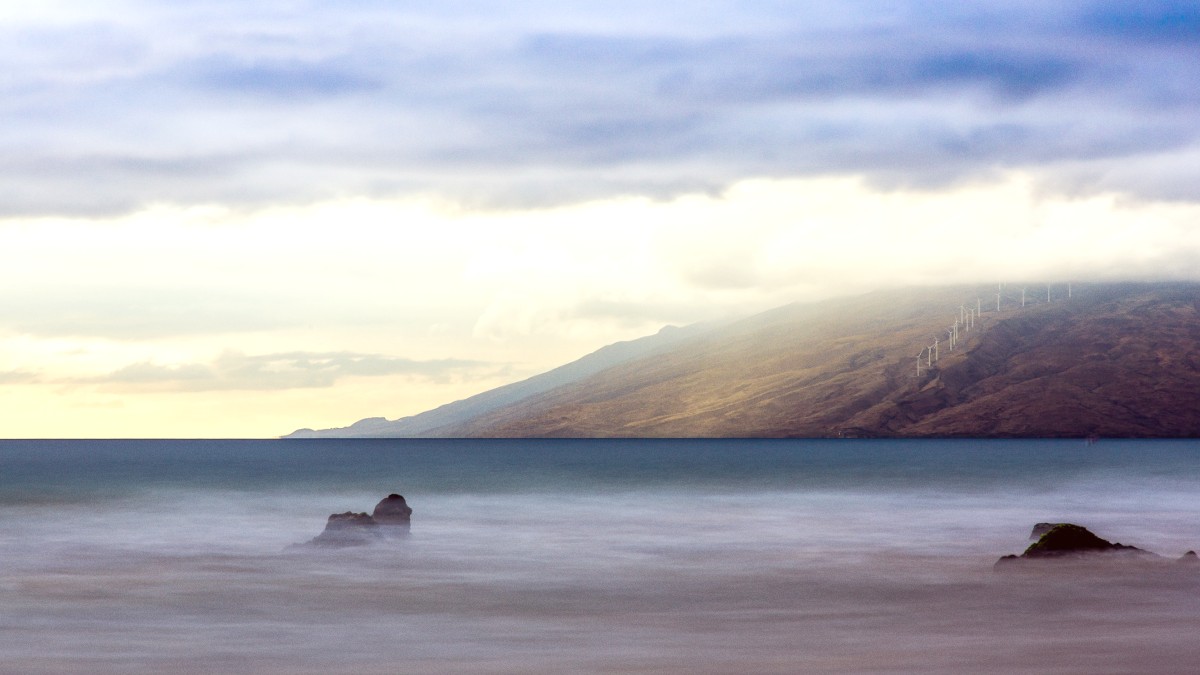
Hawaii, USA
Moloka'i's visitor seasons offer different advantages:
April-May, September-Mid-December: pleasant weather, fewer visitors, and lower prices for lodging and airfare.
This period suits those seeking tranquility and good value. The transition months present a balance of good weather and less tourist activity.
November-early December: presents the best deals on flights and accommodations.
You find very few tourists, creating a more authentic local experience and greater solitude.
The official wet season brings a higher chance of rain. Some seasonal closures for smaller businesses may occur.
June 1st to November 30th: direct hurricane hits are rare, but tropical storms are possible.
Distant hurricanes can bring increased rainfall, strong winds, and rough seas. Monitor weather forecasts during this period.
Heavy rains, especially on the windward side or in valleys, can lead to localized flash flooding. Exercise caution when driving or hiking.
Whale watching peaks from January to March, hiking is possible year-round.
Beach activities and snorkeling are enjoyable throughout the year, but summer offers calmer ocean conditions.
North shore beaches can experience powerful, large swells in winter, making ocean access unsafe.
The windward (eastern) side, exposed to the trade winds, receives more rainfall, especially from November to April. The leeward (western) side remains drier and sunnier.
The island has distinct microclimates. You might encounter rain on one side and clear skies on the other on the same day.
Opportunities peak from January to March, though the season spans December to May.
Drier months (May to October) are preferable for windward trails prone to muddiness.
Summer months (May to September) generally present calmer conditions on most leeward beaches.
Powerful, large swells in winter make north shore ocean access unsafe.
The island's tranquil pace aligns with respectful exploration.
Moloka'i is part of the United States, so entry requirements follow U.S. Federal regulations.
No visa or passport is required for entry from the mainland U.S.
Moloka'i adheres to the same entry requirements as any other U.S. State or territory.
No general entry fees apply to tourists entering the U.S. Beyond visa or ESTA application fees.
Moloka'i presents a simpler experience than other Hawaiian islands, and your budget reflects this. The island uses the United States Dollar (USD, $).
ATMs are available in Kaunakakai, the main town, for cash withdrawals. Credit cards (Visa, Mastercard, American Express, Discover) are widely accepted at most establishments.
Many accommodations include kitchens.
Utilize the many activities Moloka'i offers without charge, including hiking and exploring beaches.
Book your rental car well in advance, as prices fluctuate widely and often increase with last-minute reservations.
Shop at local markets for fresh produce and staples, which can manage meal expenses.
It is advisable to carry some cash for smaller purchases or establishments that may not accept cards.
Complete any currency exchange before arriving in Hawaii, for example, at major airports on O'ahu or Maui.